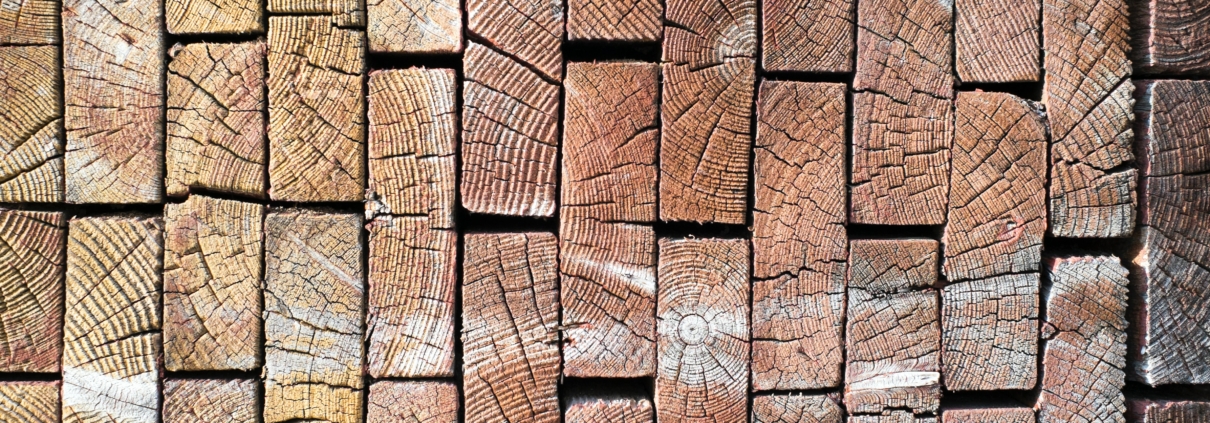Harvested Wood Products
As governments and policymakers search for solutions to reduce greenhouse gas (GHG) emissions and mitigate climate change, the role of forests and harvested wood products becomes an ever more important part of the discussion. Harvested timbers from forests are converted from raw materials into many different types of Harvested Wood Products (HWPs) that include everything from furniture to fuel.
Harvested Wood Products hold carbon through sequestration and, when recycled, continue to act as a unit of storage for the carbon dioxide. HWPs are an essential part of the overall carbon cycle. The carbon in HWPs moves through different stages and storage levels until it is finally released back into the atmosphere. This cycle for wood-based products can last anywhere from a few days to centuries depending on the application.
As mentioned in another Nature’s Packaging post, substitution of fossil-based fuels with wood-based fuel types is an active area of research by the USFS Forest Products Lab. Research and development of new and novel ways to use wood will change the demand for wood products and ultimately have an impact in the fight against climate change.
Think about this, the manufacture and transport of wood products requires less fossil fuel energy than traditional building materials such as concrete, aluminum, and steel. Recent comparisons show that the production of steel and concrete as construction material requires multiples of more energy overall than harvested wood products.
The combination of extended carbon storage through wood products and their recycling lifecycle, innovative new sources of fuel types from wood based sources and use of less fossil fuels in the creation usable building materials will help to optimize the climate mitigation effects in the use of wood products.
Research plays is key in developing new applications, improving the efficiency of the raw material to usable wood product process, advancing product quality, and extending the life span and cycles of harvested wood products.
Extending the lifespan of wood products through recycling not only carries a longer service life for the product (looking at you pallets!), it also means longer carbon storage and less energy consumption through replacement by new materials.
Certification of harvested wood products through new technologies like blockchain can contribute to increasing their share of the market overall by informing consumers that the wood products come from sustainably managed forests.
These new initiatives coupled with an increasing demand for wood products through demonstrating their value not only as a renewable resource, but also as a versatile medium for innovation can thus have an important role in the fight against climate change and the future of wood based products for the global community.




